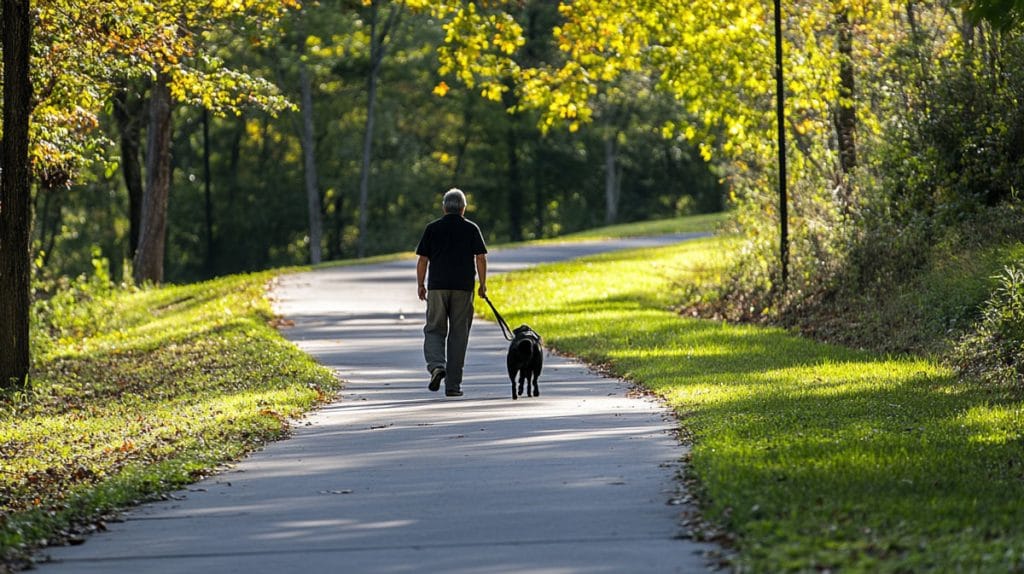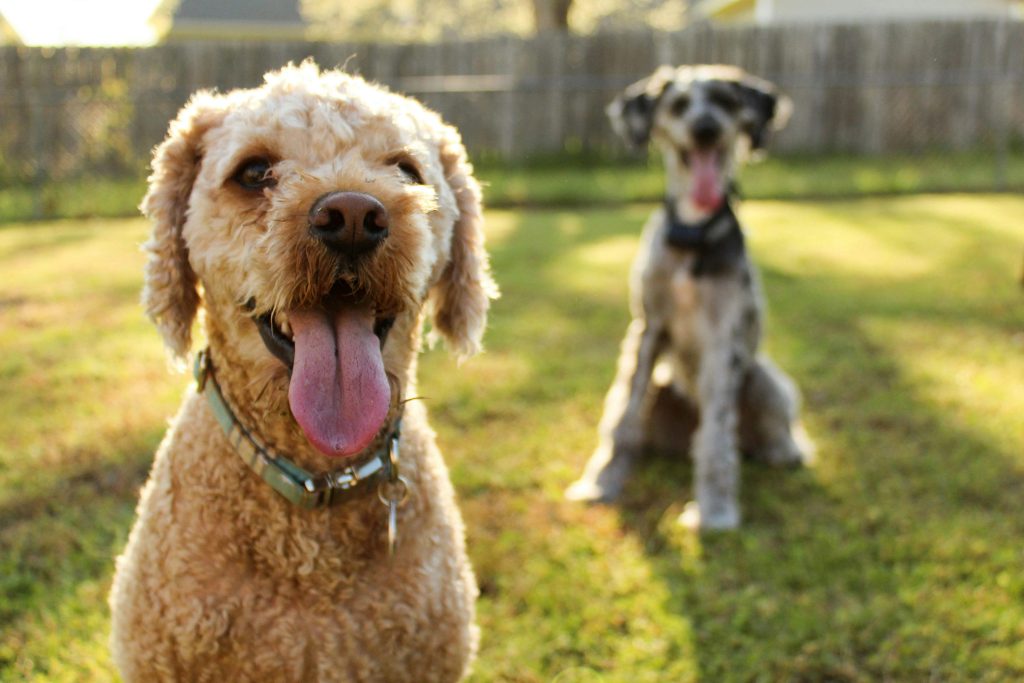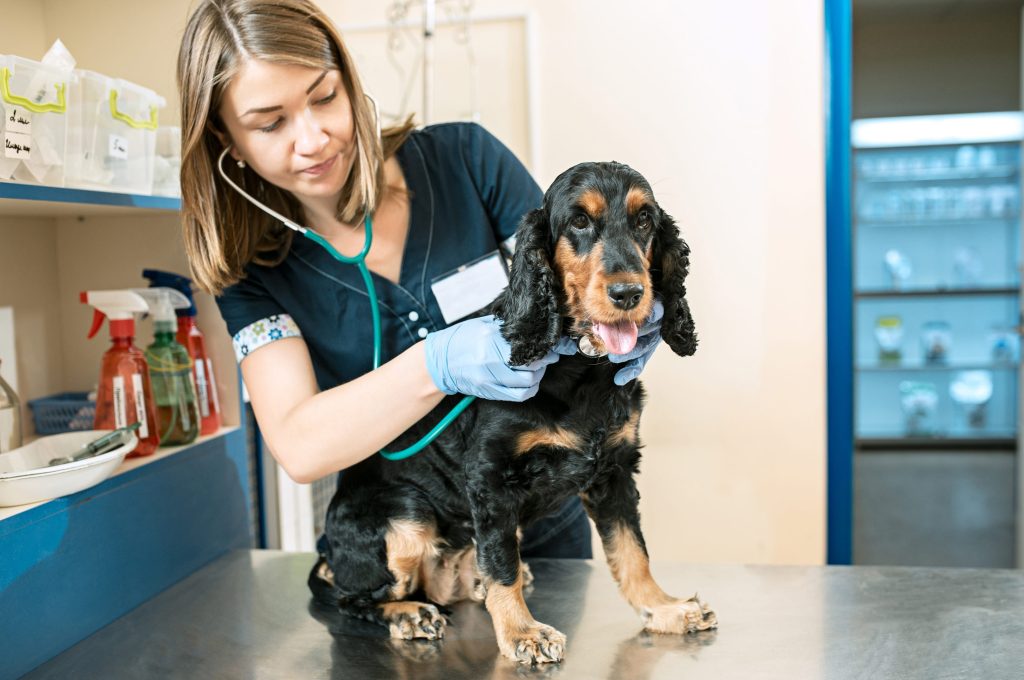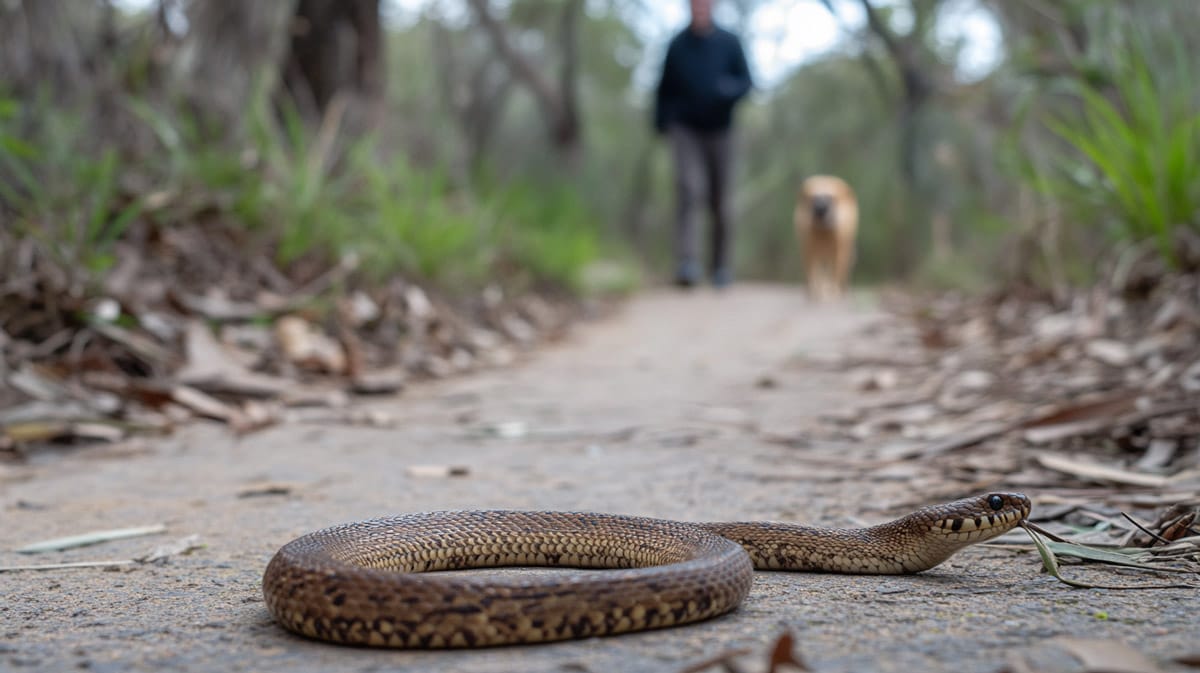As a child growing up just 10 km from Melbourne’s bustling CBD, I learned a harsh and unforgettable lesson about the dangers that snakes can pose to our beloved pets, no matter where we live. A close friend had a lively, energetic 2-year-old German Shorthaired Pointer, full of health and vitality. But one seemingly ordinary afternoon, the unthinkable happened.
In the heart of our suburban neighbourhood, a hidden snake bit the dog. Tragically, despite being so close to the city and immediate help, the dog succumbed to the venom swiftly. This incident was a jarring reminder that a dog snake bite isn’t confined to Australia’s rural landscapes — it can happen much closer to home.
This story reflects a reality faced by thousands of pet owners each year. In Australia, 6,200 dog snake bite cases are reported annually, and around 73% of these incidents happen in pet owners’ backyards.
On this page:
- Avoid Snakes on Dog Walks
- Snake-Proofing Your Backyard
- Snake Bite Symptoms
- What to Do If a Snake Bites Your Dog
- Dog First Aid Kit
- Dog Recovery
- FAQs
Understanding how to prevent snake bites, recognise snake bite symptoms in dogs, and respond with immediate care could be the difference between life and death for your pet. This comprehensive guide will walk you through essential steps for snake bite prevention, symptom recognition, and effective treatment. Dog Snake Bite Prevention: Stay Safe at Home and On Walks
Avoid Sankes on Dog Walks: Tips for Snake-Prone Trails
When walking your dog in areas where snakes are common, especially during warmer mon ths, follow these precautions:
- Know the Terrain: Avoid areas with long grass, water bodies, and rocky outcrops, which are attractive to snakes. In summer, snakes are more active during early mornings and late afternoons.
- Use a Leash and Train Commands: A leash helps control your dog’s movements and prevents them from wandering into snake-prone areas. Train your dog to respond to commands like “leave it” and “come” to keep them away from potential snake encounters.
- Stick to Clear Paths: Snakes are likelier to hide in dense bushes or long grass. Staying on open paths minimises the risk of an encounter.
- Make Noise: Talking loudly or walking with heavy footsteps can alert snakes to your presence and give them time to move away.
- Consider Snake Avoidance Training: Professional snake avoidance training for dogs can teach them to recognise and avoid snakes, which could save their life.

Snake-Proofing Your Backyard: Protecting Your Dog at Home
Your backyard is your dog’s kingdom – a place where they can run, play, and lounge in the sun. However, it’s also a potential hideout for snakes, especially during the warm Australian summer. While it’s impossible to guarantee a 100% snake-free zone, You can take steps to significantly reduce the risk of an unwanted encounter in your backyard. With a snake-smart backyard, you and your furry friend can enjoy the summer with greater peace of mind.
- Keep grass Short and Bushes Trimmed: Regular maintenance of your yard minimises hiding spots for snakes. Trim bushes, remove piles of leaves, and keep woodpiles away from high-traffic areas where your dog plays.
- Seal Holes and Burrows: Regularly check your yard for gaps or burrows where snakes may seek shelter, especially around sheds and fences. Fill these in to discourage snakes from settling in.
- Install Snake-Proof Fencing: Consider installing snake-proof fencing, ensuring it is buried several inches into the ground to prevent snakes from slithering under.
- Reduce Rodent Populations: Snakes often enter yards for food like rodents. Keep garbage sealed and avoid leaving pet food outside to minimise the chances of attracting rodents and snakes.
- Use Natural Snake Repellents: Plant dog-safe, snake-repellent plants like marigolds, lemongrass, and rosemary. These plants not only add beauty to your yard but also help deter snakes with their strong scents.
- Regular Inspections: Designate safe play areas for your dog that are clear, open, and easy to monitor. This could be a central part of your yard, away from bushy areas or gardens where snakes could hide.
By taking these steps, you can significantly reduce the risk of snake encounters in your backyard.

Snake Bite Symptoms in Dogs
Identifying snake bite symptoms early is critical to your dog’s survival. Here are the most common symptoms of a snake bite:
Immediate Signs (Within Minutes of the Bite)
- Collapse Followed by Apparent Recovery: This is one of the most alarming signs. Dogs may collapse immediately after being bitten but then appear to recover, which can mislead owners into thinking they are fine.
- Bite Marks: Look for small puncture wounds, typically on the face, neck, or legs. These may be hard to see, especially if your dog has thick fur.
Progressive Symptoms (Within 30 Minutes to a Few Hours)
- Swelling: Rapid swelling at the bite site is a strong indicator of envenomation.
- Muscle Tremors: Shaking, twitching, or tremors in the muscles, often starting at the bite site and progressing to other areas.
- Dilated Pupils: A neurological response to venom, where the dog’s pupils become noticeably larger.
- Ataxia (Wobbly Movement): Sudden onset of weakness or wobbly movement as the venom affects muscle control.
Severe Symptoms (Hours to 24 Hours After the Bite)
- Paralysis: Complete paralysis can occur, starting with the affected limb and potentially spreading to other parts of the body, including the respiratory muscles.
- Respiratory Distress: Difficulty breathing is a life-threatening symptom that indicates the venom affects the dog’s breathing ability.
- Discoloured Urine: Dark or bloody urine is a sign of internal damage caused by snake venom, which affects the kidneys and muscles.
- Uncontrolled Bleeding: Venom can disrupt blood clotting, causing irregular bleeding from the nose, mouth, or the bite wound.
If you notice any of these symptoms, seek veterinary care immediately. The longer you wait, the lower your dog’s chances of survival.
What to Do If a Snake Bites Your Dog
If you suspect a snake has bitten your dog, follow these steps to maximise their chances of survival:
- Stay Calm: Panicking will only stress your dog and accelerate venom spread. Remain as calm as possible.
- Keep Your Dog Still: Movement increases the spread of venom. If possible, carry your dog to the car.
- Remove Collars: If your dog was bitten on the neck or face, remove collars or harnesses to prevent further constriction as swelling increases.
- Apply a Pressure Bandage: If you have a SMART Snake Bandage, apply it above and below the bite site to slow venom spread.
- Seek Immediate Veterinary Care: Call your veterinarian on the way to ensure they have antivenom available. Time is critical;

Be Prepared: Dog Snake Bite First Aid
No one expects their dog to be bitten by a snake, but having a SURVIVAL Pet First Aid Kit on hand could make a life-saving difference. Here’s what it includes:
- SMART Snake Bandage: This is a pressure bandage that slows venom spread. Applying it correctly can buy you critical time before reaching the vet.
- Snake & Funnel-Web Bite Instruction Card: This card provides clear, step-by-step instructions on how to respond to a snake bite emergency.
We keep this kit in our home or car. Luckily, we haven’t needed to use the snake bandages, but they have been useful for other mishaps and provide extra peace of mind when going on hikes.
SURVIVAL Pet First Aid KIT<br>
A comprehensive, portable emergency kit designed for pet safety, featuring first aid tools, accessories, and essentials for everyday and emergency care.
Reasons to Buy
- Be prepared for snake bites
- Treat minor wounds and injuries
- Versatile for handling various pet emergencies
- Compact and accessible for the home and travel
Features
- SMART Snake Bandage and Snake Bite Instruction Card
- Tick Removal Spoon & Tweezers
- Digital Thermometer
- Bandages, Dressings, and Gauze
- Emergency Foil Blanket
- Additional Accesories

Venom Types and Dog Recovery
Different snakes deliver different types of venom, each affecting dogs in unique ways. In Australia, brown snakes are particularly dangerous, with venom that causes paralysis and respiratory failure. Tiger snakes and black snakes also pose significant threats, causing muscle damage and internal bleeding. Here’s how recovery typically unfolds:
- Initial Treatment: Your vet will administer antivenom to neutralise the venom. Blood tests may be done to assess the level of envenomation, and oxygen therapy or a ventilator may be needed if your dog struggles to breathe.
- Monitoring and Recovery: Dogs may need to stay at the vet for several days. They will be closely monitored for secondary effects like kidney damage or muscle weakness during this time.
- Long-Term Effects: Some dogs recover fully, while others may experience lingering effects like weakness or kidney issues.
Prompt treatment is critical to your dog’s survival and full recovery.
Have A Safe Summer for You and Your Dog
Snake bites are a serious threat to dogs in Australia, but with the right precautions and quick actions, you can minimise the risks. Keep your backyard snake-free, be vigilant on walks, and always have a first aid kit ready for emergencies. Knowing how to identify snake bite symptoms and what to do in response can be the difference between life and death for your pet.
Stay informed, stay prepared, and enjoy a safe summer with your dog!
FAQs: Dog Snake Bites
What should I do if a snake bites my dog?
If possible, keep your dog still, apply a pressure bandage, and get to the vet immediately. Time is critical.
What are the first signs of a snake bite in dogs?
Snake bite symptoms can appear within minutes or take several hours to manifest. Initial signs include:
- Collapse followed by apparent recovery.
- Swelling at the bite site.
- Muscle tremors.
- Dilated pupils.
Seek immediate veterinary care if you notice these symptoms.
What does a snake bite look like on a dog?
Snake bites can be hard to spot, especially on a dog with thick fur. Look for small puncture wounds, swelling, or bruising around the bite site. Sometimes, the bite marks are barely visible, resembling scratches.
What should I do if I can’t find the snake bite on my dog?
Even if you can’t locate the bite, look for symptoms such as sudden collapse, lethargy, muscle tremors, or difficulty breathing. If you suspect a snake bite, seek veterinary care immediately, regardless of whether you find the bite marks.
Can a dog survive a snake bite without treatment?
While some dogs can survive mild bites from non-venomous snakes, bites from venomous snakes are often fatal without treatment. Immediate veterinary care and antivenom are crucial for survival in most cases.
Can I treat a snake bite on my dog at home?
Home treatment for snake bites is not recommended. The most effective action is to seek immediate veterinary care and apply a pressure bandage to slow venom spread while going to the vet.
Can dogs be trained to avoid snakes?
Yes, professional snake avoidance training can help dogs recognise and avoid snakes. This training is beneficial for dogs living in areas where snakes are common.
What time of year are snakes most active?
In Australia, snakes are most active during the warmer months, especially in spring and summer, when they are out looking for food and mates. Snakes are more likely to be encountered in the early morning or late afternoon during these months.
Can a snake bite cause long-term damage to my dog?
Yes, even with treatment, snake bites can cause long-term damage, including kidney failure, muscle weakness, or paralysis. Some dogs may need ongoing care and monitoring for lasting effects.







